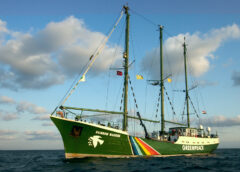French Agents vs Greenpeace Rainbow Warriors
On July 10, 1985, the French secret service in New Zealand sank the Greenpeace ship “Rainbow Warrior”. Although one man died, France denied everything – and even promoted those behind it.
On July 10, 1985, the French secret service in New Zealand sank the Greenpeace ship “Rainbow Warrior”, killing a photographer on board. For Captain Peter Willcox, that changed everything – just not his life’s work.
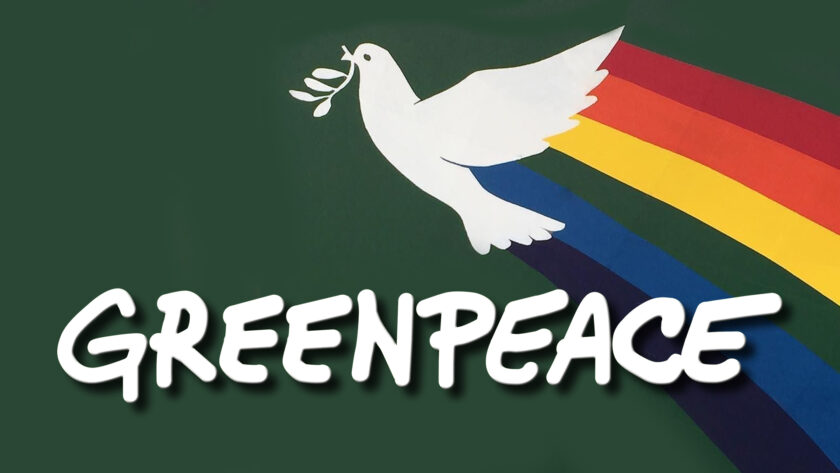
The first detention mine detonated at 11:48 p.m. She tears a garage-sized hole in the ship’s hull, water shoots into the interior of the “Rainbow Warrior”. Two minutes later there is a second bang, a blue flash of light flashes across the water. “All hands aboard,” yells Captain Peter Willcox, the Greenpeace ship is already leaning threateningly to one side. In a panic, the crew members escape to the jetty in Auckland Harbour.
All but one.
Photographer Fernando Pereira turns back to save his valuable camera equipment. He hurries down the narrow staircase that leads to his cabin. Pereira can’t get back on deck.
At 3 a.m., Navy divers recovered his lifeless body. The 35-year-old’s legs got tangled in the straps of the camera bag.
“Fernando was the only one on board with two small children. I would have wished so much to save him. But how?” says Captain Willcox, now 62. “We stood completely helpless in front of the half-sunk ship. The second bomb must have rendered him unconscious,” adds Andy Biedermann, then 29 years old and ship’s doctor on board the “Rainbow Warrior”.
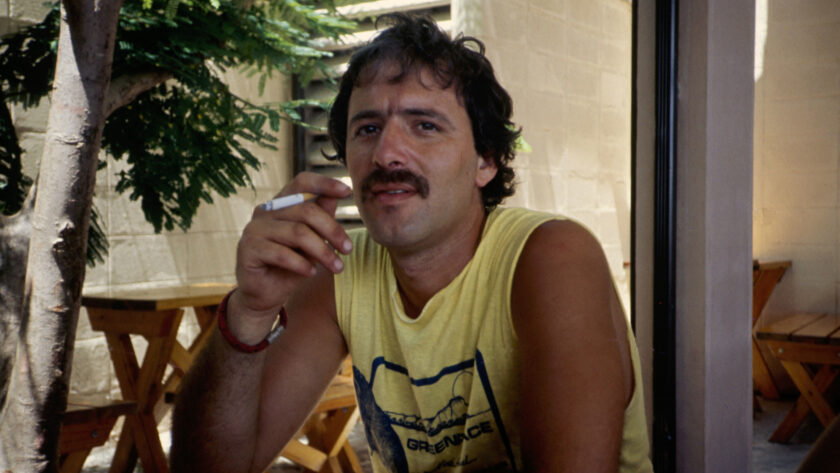
The two former crew members, the US captain and the Swiss doctor, speak softly when they remember that July 10, 1985. The death of Pereira shaped her life – and embarrassed an entire nation to the bone.
Pereira died because French intelligence sank a ship carrying people committed to protecting the environment. The crew of the “Rainbow Warrior” planned to sail to Mururoa and there to disrupt French nuclear tests in the South Pacific. The environmental activists planned to invade the military exclusion zone around the atoll in a public manner – but this is exactly what the French wanted to prevent at all costs. “We had a mission”
The “Grande Nation” has been conducting nuclear tests on the French Polynesian atoll since 1966. After surface explosions had initially contaminated the islands, the French moved the tests underground in 1974 in response to international pressure. At that time, Willcox was still involved in protecting the Hudson River.
In 1981, the American switched to Greenpeace – first as a helmsman, then as captain of the “Rainbow Warrior”: a ship that had been sailing for the environmental organization since 1978. “Living on the sea on the one hand and doing something meaningful on the other: The combination was perfect for me,” says Willcox. “We came from all over the world, wanted to get involved, were looking for adventure. We had a mission,” Biedermann describes the atmosphere on board.
Before the “Rainbow Warrior” should head for New Zealand and then Mururoa, the Greenpeace activists first drove to the Rongelap Atoll in the Pacific. Its inhabitants suffered massively from the consequences of the US nuclear tests on the neighboring Bikini Atoll.
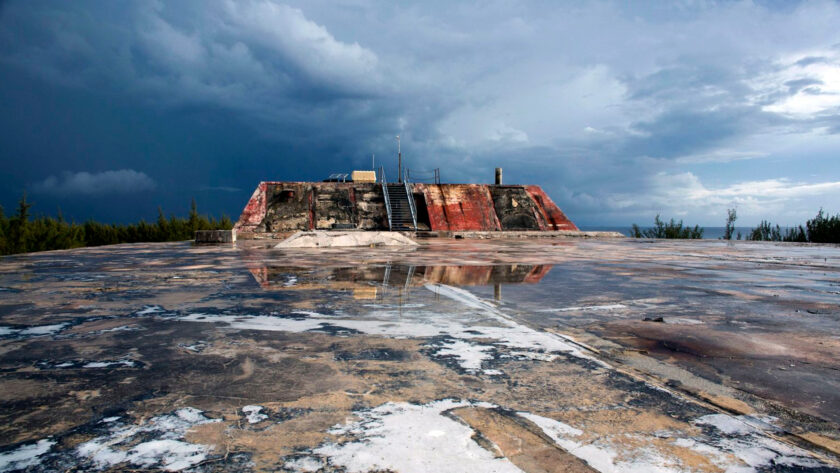
“People described the fallout as white snow that fell on the beach. They just wanted to get away,” says physician Biedermann. In May 1985, the “Rainbow Warriors” ship evacuated the approximately 300 residents of Rongelap to the non-radiated island of Mejato. By then, planning for the French intelligence operation, codenamed “Satanique” (“devilish”), was in full swing.
Months earlier, the French foreign intelligence service DGSE had received information about the upcoming protest action by environmentalists in front of Mururoa. At the end of April, the secret service smuggled agent Christine Cabon into the Greenpeace office in Auckland.
When the “Rainbow Warrior” arrived there on July 7, the “mole” had long since sent the details of the anti-nuclear demonstration to France, where the attack was meticulously planned destroy. On the evening of July 10, the time had come.
At around 8:30 p.m., the combat swimmers slipped into the water, dived towards the “Rainbow Warrior” and attached the explosive mines: one to the propeller shaft, one to the outer wall of the engine room. Meanwhile, inside the ship, part of the crew celebrated the birthday of an activist with chocolate cake and beer.
However, most of the 27 crew members were not on board that evening: After several months at sea, they were enjoying the freedom on land – when shortly before midnight the time-detonated bombs went off. The first detonation woke Willcox from a deep sleep.
Trapped in the belly of the Rainbow Warrior
„At first I thought: We collided with another ship. Everything was dark, the explosion had destroyed the onboard generator. Because I couldn‘t find my clothes, I tied a towel on my running and rushed to the engine room. There I met Davey Edwards.
He shouted, ‚It‘s over, Pete! The boat is gone!‘ I ordered everyone to be awakened. At that moment the second bomb detonated. I shouted for everyone to climb ashore immediately. As we stood on the jetty, we realized: Fernando isn‘t there.
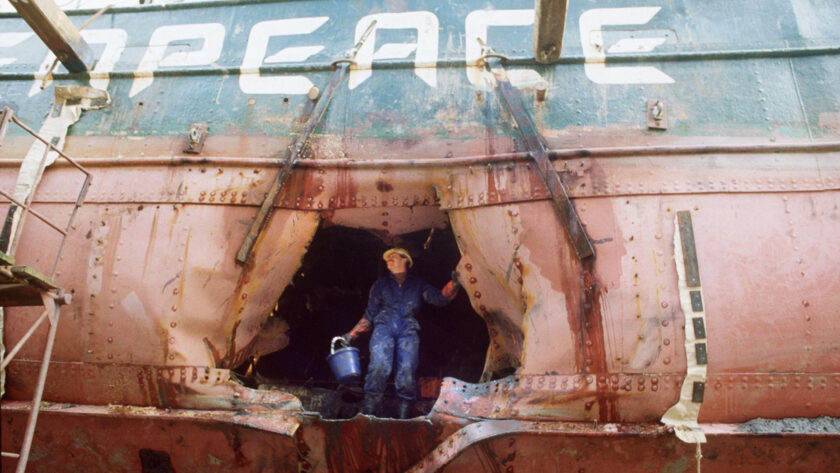
I looked at the air bubbles rising from the sideways ship and couldn‘t believe it. Fernando was down there, imprisoned in the hold of the ship.
The crew was shocked – and at the same time had to deal with the suspicions of the police: „Some initially thought that we had carried out the attack ourselves, as a kind of publicity stunt,“ says Willcox. The behavior of the investigators changed only the next morning, when divers found that bombs planted from outside had destroyed the ship.
A special unit assigned to the case quickly found what they were looking for: on the evening of July 10, night watchmen at a yacht club observed two men walking back and forth between a rubber dinghy and a delivery truck. They wrote down the number of the white Toyota: LB 8945.
Two days after the attack, an alleged Swiss couple gave the vehicle to a car rental company – and were arrested immediately. They were Major Alain Mafart and Captain Dominique Prieur: two senior DGSE agents.
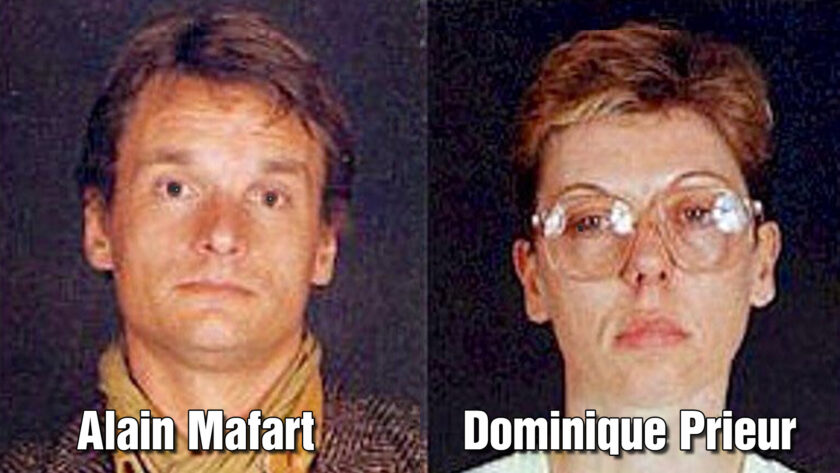
„A sledgehammer against a flea,“ the French newspaper „Le Monde“ sneered at the incredible act of terrorism by a powerful nuclear nation against an environmental organization that was still insignificant at the time.
While the French government denied any responsibility for weeks, the media investigated until bit by bit the whole truth came to light. But even then little happened: Defense Minister Charles Hernu and secret service chief Pierre Lacoste were fired.
The top government, however, stayed in office – and put New Zealand under economic pressure until they had freed the backers Mafart and Prieur. As early as 1987, the New Zealand secret service agents, who had been sentenced to ten years in prison, were free again. Back in France, they were honored with military decorations and promoted.
And the crew members? Biedermann and most of the others then flew back to their home countries. Meanwhile, Captain Willcox set sail again: in early September 1985, he and Grace O‘Sullivan sailed to the Mururoa Atoll on the Greenpeace ship „Vega“. „We didn‘t want to give the French the feeling of having won,“ he says.
French government
Only Greenpeace emerged from the attack as the winner: the organization gained popularity all over the world. In 1995, the French ended nuclear tests on Mururoa. Two years later, the then secret service chief Lacoste revealed in his memoirs that ex-President François Mitterand knew about the „Opération Satanique“ and gave his approval.

„Mitterrand approved the whole thing from the start,“ says Biedermann outraged. The Swiss finds it unecological to fly to New Zealand specifically for a commemoration event on July 10: he will go on a bike ride with his son on the 30th anniversary.
In addition, Biedermann thinks enough about the „Rainbow Warrior“ anyway: The massive block of wood in his living room, on which he puts his whiskey in the evening, comes from the ship‘s mast. Willcox has also secured a piece of the wreck – a porthole, it is stored in his basement. „One day I‘ll hang it on my front door,“ he says.
But there‘s still no time for nostalgia: On July 10, the captain will be on the „Rainbow Warrior III“ to protect the threatened Great Barrier Reef from Australia: „It‘s my job to save the planet.“ Captain Willcox laughs for the first time in the conversation.


